The taste and aroma of a fine pipe tobacco can take any smoker back to a place of peace and nostalgia. Although currently, electronic devices are becoming one of the most popular pieces of smoking equipment, the art of handcrafting wooden smoking pipes is a long and traditional practice that continues today.
While the techniques used in crafting wooden smoking pipes might have shifted over time, the elegant designs and overall craftsmanship of the pipes remain timeless.
The creation of wooden smoking pipes involves a sly combination of skill and science. Through experience and knowledge, experienced craftsmen will carefully carve pipes from various types of hardwoods such as walnut, briar, and rosewood. This attention to detail gives wooden smoking pipes a natural beauty and makes each piece a unique masterpiece.
When it comes to smoking, there’s no doubt that wooden smoking pipes are one of the best pieces of equipment a smoker can use. Whether you are just starting to explore the realm of pipe smoking or have been a loyal smoker for years, it’s worth learning more about the history and craftsmanship behind wooden smoking pipes.
In this blog post, we will uncover the timeless tradition of crafting wooden smoking pipes, from the tools used to the different types of woods, so you can understand what goes into making these classic pieces.
The History of Wooden Smoking Pipes
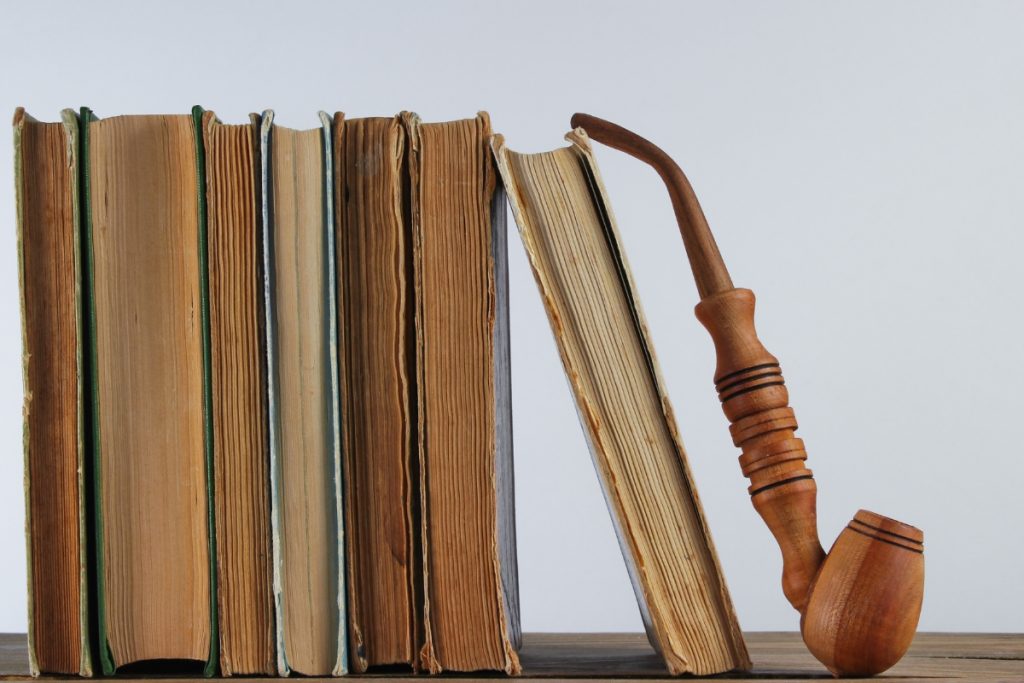
Wooden smoking pipes are an ancient tradition that dates back centuries. They first originated in Asia, where the first use of wooden pipes was seen in parts of China, India, and Japan. These pipes were often crafted from bamboo, a lightweight and durable material. As they began to spread to other areas of the world, the materials used to craft the pipes began to change.
In Europe, wood became the material of choice for smoking pipes. Many of the earliest wooden pipes were crafted from briar, a type of dense and hardwood. This type of wood is ideal for smoking pipes as it is able to withstand the heat of the flame and the smoke of the tobacco. Over time, other types of wood, such as meerschaum, cherry, and olive wood, were also used to craft wooden pipes.
Today, wooden smoking pipes are often associated with a more rustic look and feel. These pipes are usually hand-crafted from a single piece of wood and feature intricate designs. The craftsmanship that goes into these pipes is a testament to the skill of the artisan who created them.
The popularity of wooden smoking pipes has endured over the centuries due to their unique flavor. Smoking a wooden pipe gives the tobacco a unique flavor and aroma that no other pipe can match. The wood absorbs the flavor of the tobacco, making each smoke unique. The wood itself also adds a subtle hint of flavor that many smokers find enjoyable.
Wooden smoking pipes are also prized for their durability. The wood is able to withstand the heat of the flame and the intensity of the smoke without any damage. This ensures that the pipe will last for many years and can be passed down from generation to generation.
The history of wooden smoking pipes is a testament to the craftsmanship of the people who crafted them. From the earliest days of the practice in Asia to the present, wooden smoking pipes have been a part of many cultures around the world. The craftsmanship that goes into creating these pipes today is a reminder of the timeless tradition of smoking wooden pipes.
Traditional Materials Used in Wooden Smoking Pipe Making
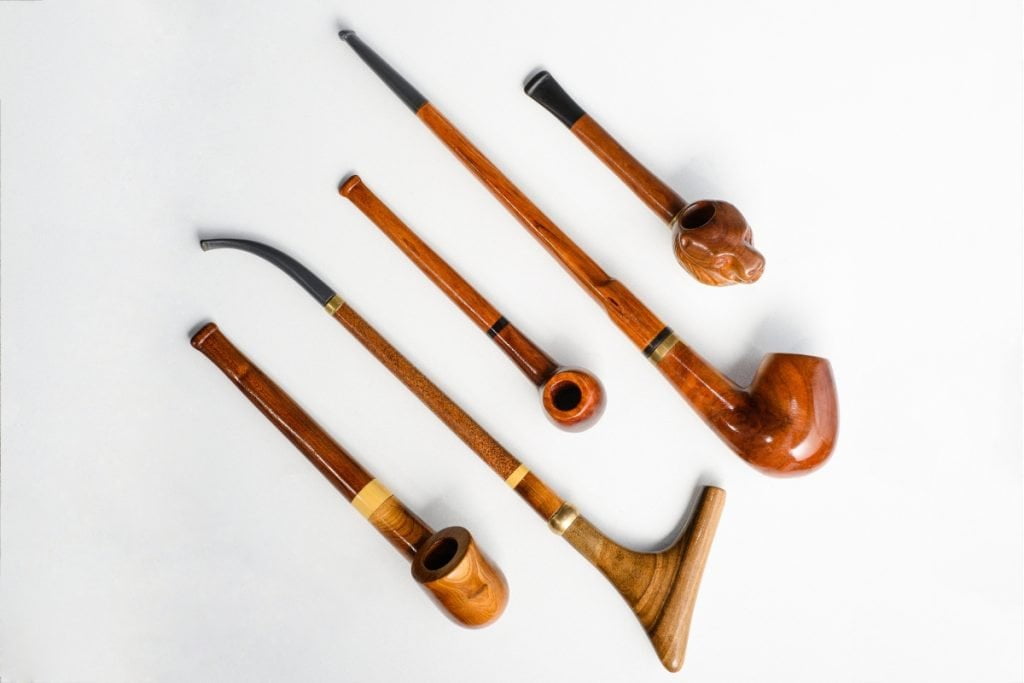
Wooden smoking pipes have been a timeless tradition for centuries, and the craftsmanship of making them requires a great deal of skill and knowledge. To create a high-quality wooden smoking pipe, skilled artisans use a variety of traditional materials to bring the pipe to life.
The most essential component of a wooden smoking pipe is the wood itself. Common varieties used are briar, maple, and cherry, each of which results in a unique smoking pipe with its own character. Briar is a particularly popular choice, as it is both strong and lightweight. Maple and cherry wood provide a more subtle taste and aroma to the smoke, and are much more affordable.
For the stem of the pipe, artisans often use a combination of ebonite and acrylic. Ebonite is a hard, durable material that is well-suited for pipe stems as it provides a comfortable grip and does not become too hot during use. Acrylic is a lightweight material that allows for intricate designs and shapes to be incorporated into the pipe.
Another important component of the wooden smoking pipe is the bowl. Artisans use wood, clay, and metal for the bowl of the pipe. Wood bowls are the most popular choice, as they can be easily carved into various shapes. Clay bowls offer a unique smoking experience, as they retain heat better than other materials. Metal bowls are the most durable option, and they offer a unique flavor to the smoke.
Finally, artisans also use a variety of other materials to decorate their pipes. Silver and gold are commonly used to create intricate designs on the bowl and stem of the pipe. For the mouthpiece, artisans use materials such as horn, ivory, and even diamond.
As you can see, traditional materials play an important role in the making of a wooden smoking pipe. From the wood used for the pipe itself to the various other materials used for decorating, artisans carefully select the materials for each individual pipe to ensure that it is of the highest quality. With the right materials, a wooden smoking pipe can provide an enjoyable smoking experience for years to come.
Wooden Smoking Pipe Craftsmanship Techniques
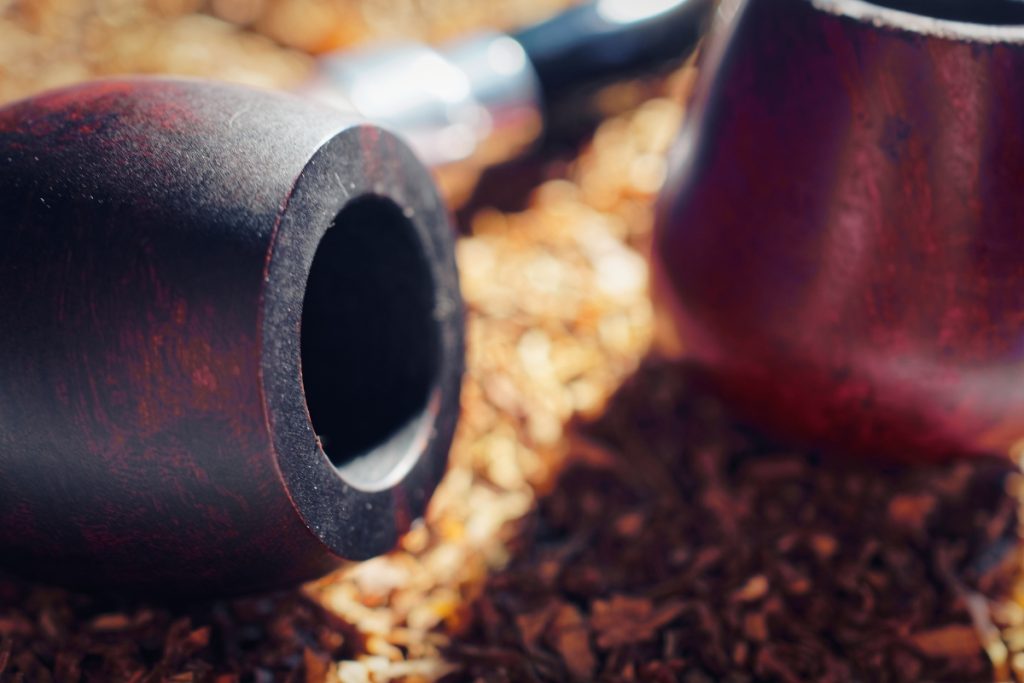
The craftsmanship of wooden smoking pipes is a timeless tradition that has been passed down through the generations. Carving smoking pipes from wood has been a hobby and an art form for centuries.
It requires skill, patience, and knowledge of different techniques to create a quality product. In this blog post, we break down the techniques used to craft wooden smoking pipes and provide insight into the timeless tradition of woodworking.
The first step in crafting a wooden smoking pipe is selecting the right type of wood. Different types of wood burn differently and can affect the taste and aroma of the smoke. Popular woods used for making smoking pipes include briar, maple, cherry, and rosewood.
Once the type of wood is selected, the craftsperson must carefully carve the design of the pipe. This is done by using carving tools such as chisels, gouges, and rasps. The tools used to shape and smooth the wood vary depending on the type of wood being used and the desired outcome.
Once the shape of the smoking pipe is complete, the craftsperson must sand it lightly to remove any rough edges and smooth the surface. They then apply a finish to the wood. Finishes can range from oils and dyes to varnishes, waxes, and lacquers. The choice of finish is important as it can enhance the look of the wood, protect it from staining, and even affect the taste of the smoke.
The last step in the craftsmanship process involves creating a stem for the pipe. This is done by drilling a hole in the bowl and inserting a stem made from a variety of materials such as acrylic, ebonite, and vulcanite. The stem must be fitted perfectly into the bowl to ensure a smooth and secure fit.
The craftsmanship of wooden smoking pipes is an art form that has been around for centuries. The techniques used to create these pipes require skill, patience, and knowledge of woodworking. By understanding the different techniques used to craft wooden smoking pipes, one can appreciate the timeless tradition of woodworking even more.
Care and Maintenance of Wooden Smoking Pipes
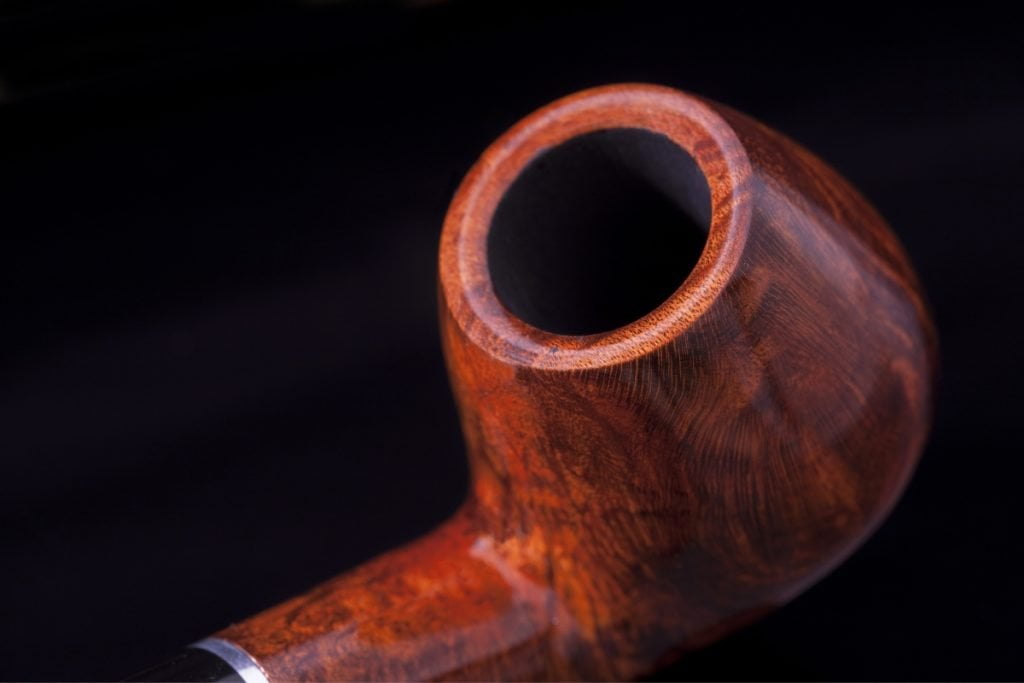
Wooden smoking pipes have been crafted and used for centuries as an aesthetic, enjoyable way to indulge in tobacco and other herbs. Today, these classic wooden smoking pipes are still popular and are considered a timeless tradition. The care and maintenance of them is key to ensure they last for years of enjoyment.
Before using a wooden smoking pipe for the first time, it is important to understand the basics of proper care and maintenance. As a wood product, the pipe should be treated with respect and kept in a safe, dry place. This will help to ensure that it doesn’t become damaged by moisture or other environmental elements.
Cleaning a wooden smoking pipe is an essential part of the preservation process. To do so, use a clean, dry brush and pipe cleaner to remove any residue from the inside of the pipe. It is also important to rinse the outside of the pipe with fresh water and a soft cloth. After cleaning, it is important to dry it thoroughly.
It is also important to treat the wooden smoking pipe with a protective coating. This will help to ensure that the pipe remains in good condition and is protected from environmental damage. A quality pipe oil, wax, or lacquer can be used to protect the pipe. A light coating of these products can help to keep the pipe looking great and protect it from the elements.
When it comes to storage, it is important to keep the wooden smoking pipe in a safe, dry place. This will help to ensure that it stays in good condition and lasts for many years. It is also important to avoid leaving the pipe in direct sunlight or in an area that is too hot.
By following the proper care and maintenance techniques for wooden smoking pipes, you can ensure that your pipe will last for many years. Taking the time to properly care for your wooden smoking pipe will ensure that it will continue to bring you enjoyment for years to come.
Wooden Smoking Pipe Accessories
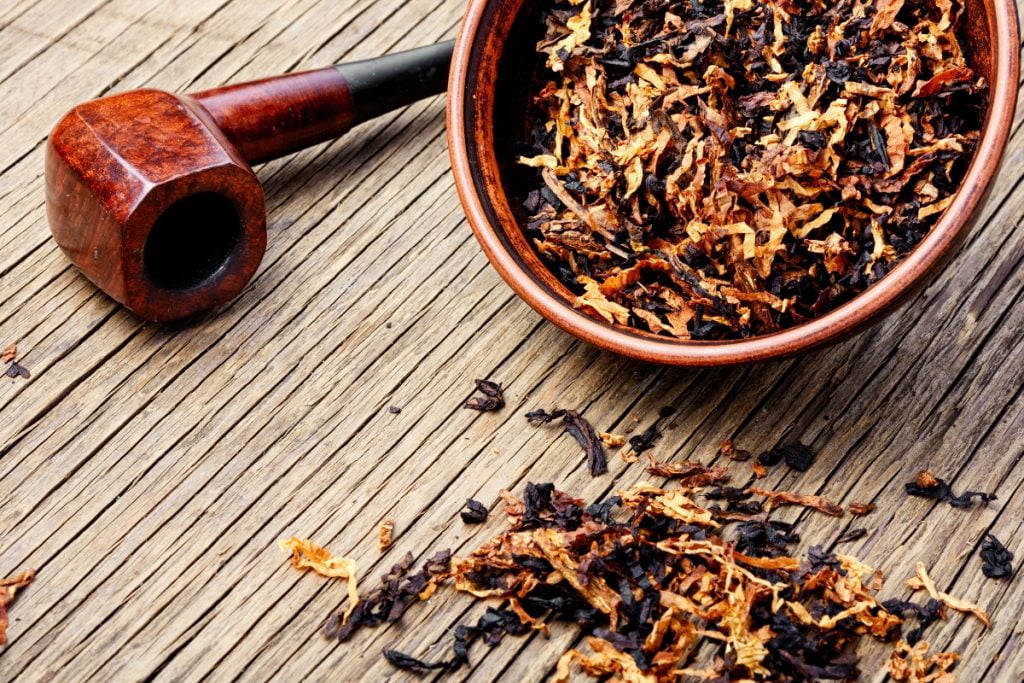
Whether you’re an occasional smoker or a connoisseur of fine tobaccos, having the right accessories for your wooden smoking pipe can enhance your smoking experience.
One of the most important accessories for a wooden smoking pipe is a pipe cleaner. Pipe cleaners are small brushes or pieces of cloth that are specially designed to clean the bowl and stem of a smoking pipe. Pipe cleaners are essential for maintaining the longevity of the pipe. They help you to remove stubborn residue and keep the pipe clean, ensuring that it can be used without any worries of unhealthy buildup.
Another important accessory for a wooden smoking pipe is a carrying case. Carrying cases are designed to protect the pipe during transport, and also keep it clean and dry. They come in a variety of sizes and materials, so finding one that’s right for your wooden pipe should be an easy task. A good carrying case will help protect your investment and give you peace of mind that your wooden smoking pipe is safe and secure.
Having the right accessories for your wooden smoking pipe is key to getting the most out of your smoking experience. Pipe cleaners and carrying cases are essential for keeping your pipe clean and safe, and there are many other accessories available that can help you enjoy your smoking experience even more. From pipe stands and tamper tools to pipe lighters and ashtrays, there’s something for everyone. Whether you’re looking for a way to show off your wooden smoking pipe or just want to make sure it’s kept safe and secure, there’s an accessory for you.
Explore the world of wooden smoking pipe accessories and find the perfect one that suits your style and needs. With the right accessories, you can enjoy your smoking experience even more and keep your pipe looking and functioning like new.
Conclusion
The craftsmanship of wooden smoking pipes has been around for centuries, making it a timeless tradition. Wooden smoking pipes are prized among many pipe smokers, who appreciate the elegant beauty and craftsmanship of the smoking pipe. Whether it’s the shape, finish, or design, wooden smoking pipes make a lasting impression.
The craftsmanship of wooden smoking pipes is a timeless tradition that has been passed down through generations. It takes skill and patience to create a beautiful and functional pipe, and the results will be enjoyed for years to come. With proper care and maintenance, wooden smoking pipes can be a smoker’s trusted companion for many years.
For the best smoking experience with your handcrafted pipe, you’ll need the right blend of tobacco. Luckily, Mr. G’s Cigar & Pipe Shop has everything you need. We offer a wide selection of tobacco blends to give you the best wooden pipe smoking experience. Browse through our selection on our online shop, or give us a call at (678) 494-6619 if you have any questions about our products on offer.





